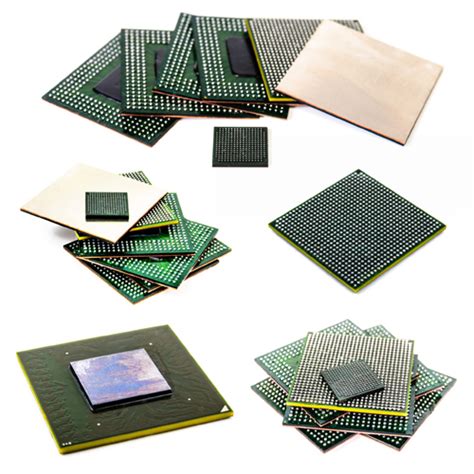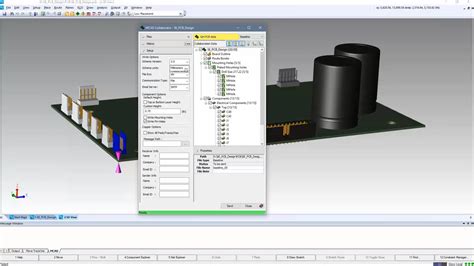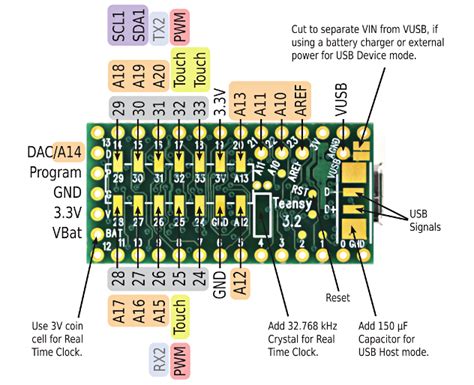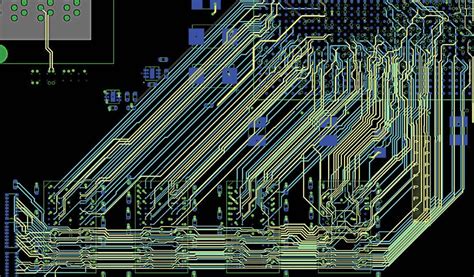
Pcb Transmission Line Calculator
Understanding Transmission Lines What are Transmission Lines? Transmission lines are structures that guide electromagnetic waves from one point to another with minimal loss and distortion.[…]

What Is Functional Testing in PCB Assembly
Why Is Functional Testing Important in PCB Assembly? Functional testing is essential in PCB assembly for several reasons: Ensuring Product Quality: Functional testing helps identify[…]

Counter chip of cadmium nickel battery charger circuit diagram
Introduction to Cadmium-Nickel Batteries and Chargers Cadmium-nickel (Cd-Ni) batteries are a type of rechargeable battery known for their high energy density, long cycle life, and[…]

Nixie clock project
Introduction to Nixie Clocks Nixie clocks are a unique and eye-catching way to display the time using vintage Nixie tubes. Nixie tubes were originally developed[…]

High frequency pcb material selection best practices
Introduction to High Frequency PCB Materials When designing printed circuit boards (PCBs) for high frequency applications, material selection is critical. The choice of PCB substrate[…]

overcoming technological challenges in the pcb industry
The Importance of PCBs in Modern Electronics PCBs are the backbone of modern electronics, providing a platform for the assembly and interconnection of electronic components.[…]

soc fpga boasts riscv processor news
Introduction to RISC-V and FPGAs RISC-V is an open-source instruction set architecture (ISA) that has gained significant attention in recent years due to its flexibility,[…]

solar cars of the future pioneered by midnight sun solar design team
Introduction to Solar Cars Solar cars are vehicles that are powered by energy from the sun. They use photovoltaic (PV) cells to convert sunlight into[…]

solder bridge jumper best practices pcb design
Introduction to Solder Bridge Jumpers Solder bridge jumpers are an essential component in printed circuit board (PCB) design. They provide a convenient and reversible way[…]

some lvds pcb layout guidelines for ensuring signal integrity
Introduction to LVDS and Signal Integrity Low-Voltage Differential Signaling (LVDS) is a popular high-speed, low-power, and low-noise interface standard used in various applications, such as[…]